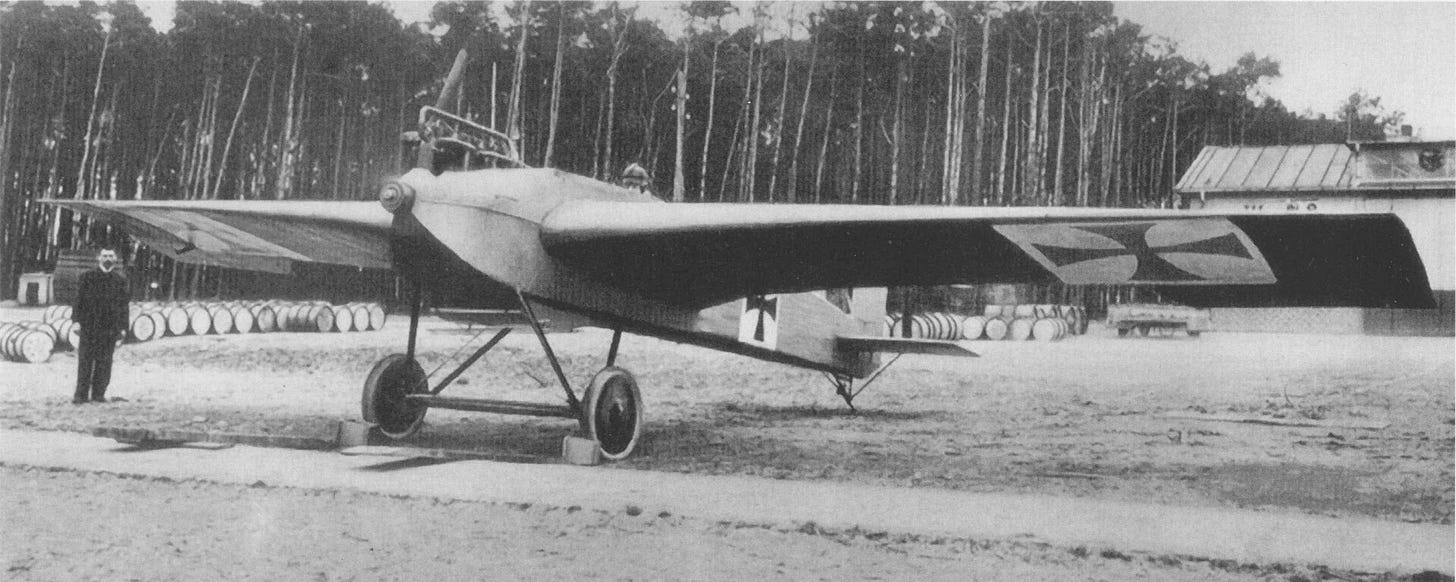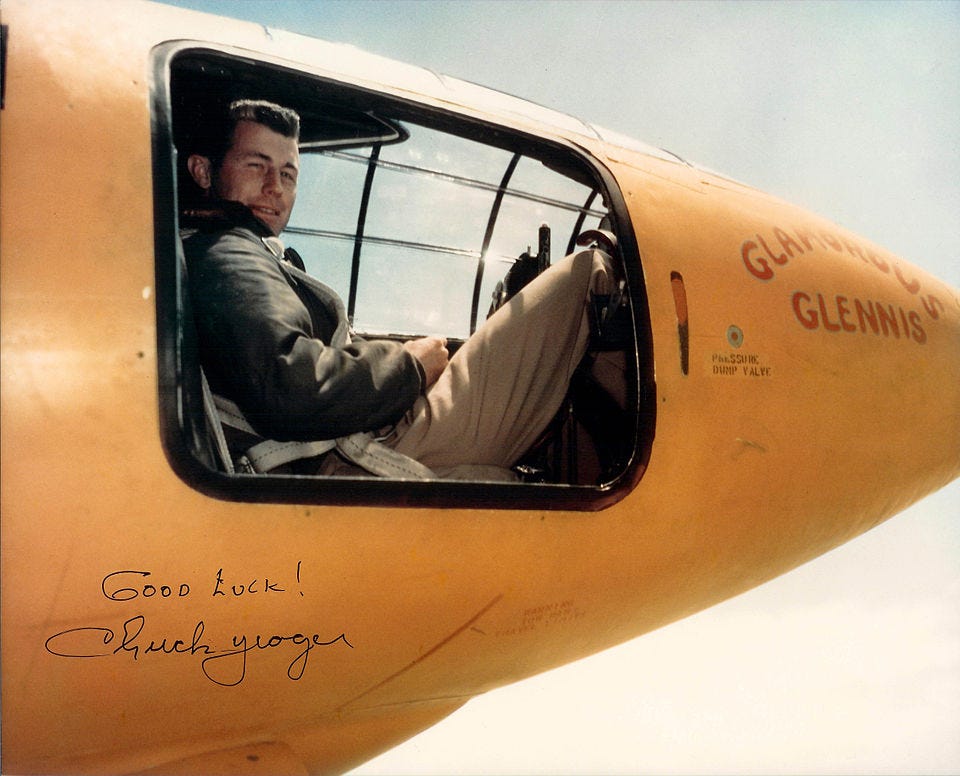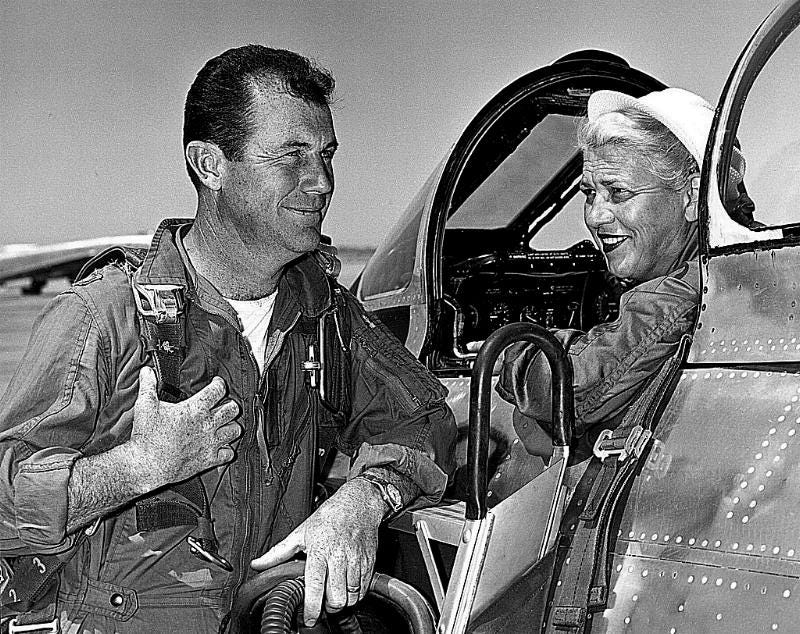Back in the 1940s, going faster than sound was like dreaming of flying to Mars. Everyone thought aircraft would shake apart if they crossed that invisible wall. But then came a small, orange rocket plane called the Bell X-1, and it changed everything.
This is the story of how we first broke the sound barrier—not by diving from the sky, but in a level, powered flight. With a brave pilot, a custom design, and a whole lot of rocket fuel.
The World Before the Bell X-1
Planes could go fast—but not straight through the wall of sound
Before the Bell X-1, some aircraft had touched Mach 1—that’s the speed of sound, about 1,235 km/h or 767 mph at sea level. But they did it by going into steep dives, using gravity to help them speed up. These dives were risky. Controls would lock up, planes would shake violently, and many test pilots crashed.
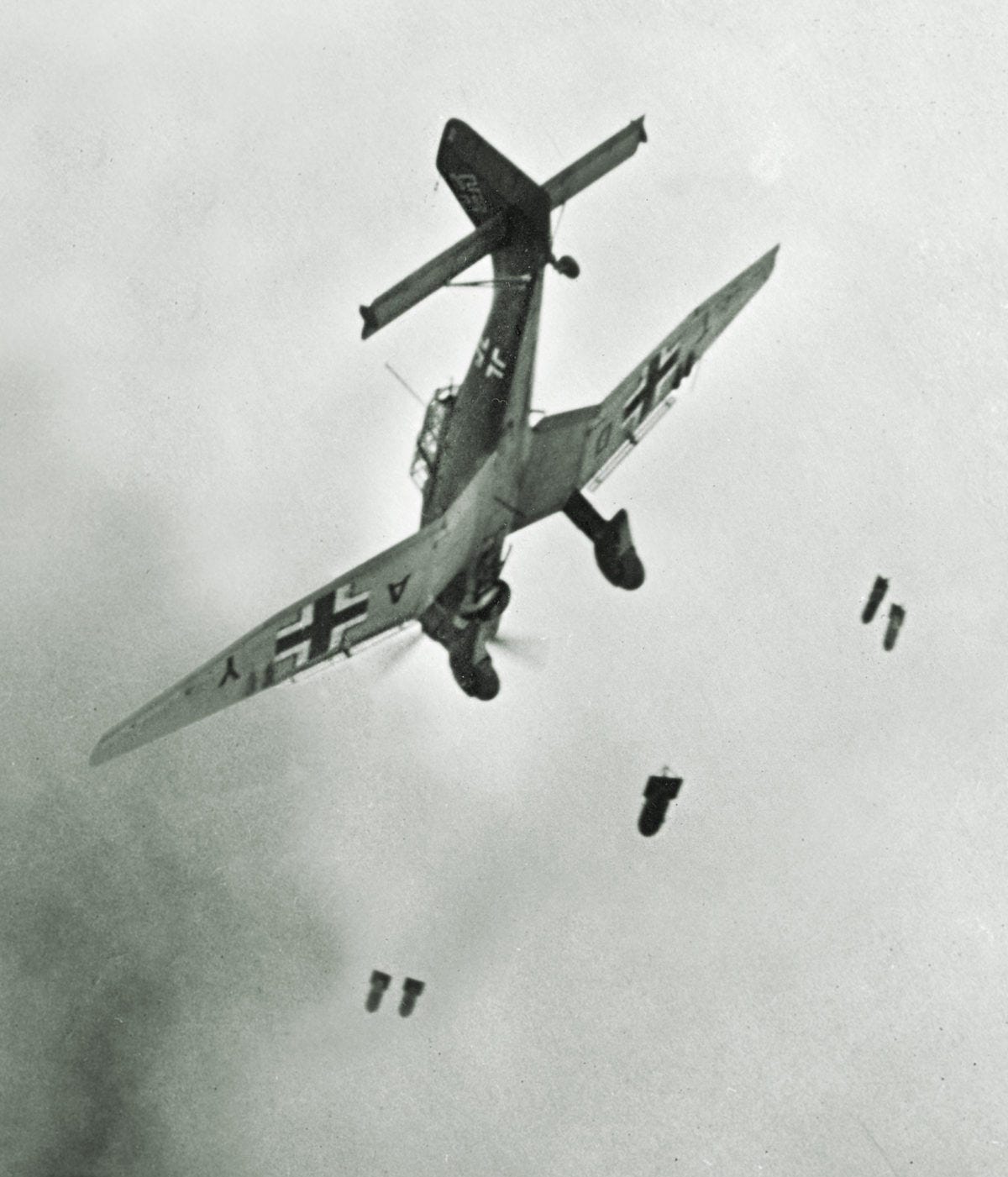
Breaking the sound barrier in a level flight—where you go straight and fast without diving—was the real challenge. The air around the plane changes dramatically near Mach 1. Shock waves form, controls get stiff, and weird things happen with lift and drag. Most pilots called it the "sound barrier" because it felt impossible to go beyond.
Why Supersonic Flight Was So Hard
Science wasn’t the problem—nature was.
Going faster than sound isn’t just about more power. It’s about fighting nature itself. As a plane nears Mach 1, air doesn’t flow smoothly anymore. It gets compressed, forms shock waves, and starts acting all weird.
Let’s break it down:
1. Shock Waves and Air Pressure
At subsonic speeds, air flows gently around the plane. But near Mach 1, the air can't move out of the way fast enough. So it builds up into a wall of pressure. That’s where shock waves come in—sudden jumps in pressure and temperature that can shake a plane violently.
Pilots used to report the plane vibrating like crazy, and sometimes, they completely lost control.
2. Control Surface Lockup
When you move the elevator (the part on the tail that controls pitch), it works fine at slow speeds. But near Mach 1, shock waves form around those surfaces, making them stiff or even useless. It’s called control reversal or lockup, and it’s super dangerous.
So, designers had to invent all-moving tails—where the whole tail fin moves instead of just the flap. The X-1 used this for stability.
3. Material Stress and Heat
Flying that fast means dealing with huge forces on the structure—called dynamic pressure. Plus, compressing air at high speed creates heat, even without engines. So the plane had to be made of materials that wouldn’t melt, flex, or crack under pressure.
Goodbye wood and fabric. Hello aluminum and steel.
4. G-Forces on the Human Body
Add in gravity effects. As the plane climbs and speeds up, pilots face G-forces—the force you feel in your body due to acceleration. Too much G, and you can black out or pass out.
Pilots had to train hard, wear special pressure suits, and stay super alert. Chuck Yeager once joked that staying conscious was half the job.
5. Uncharted Territory
Back then, nobody had flown past Mach 1 in level flight. So no one knew what would happen. Every test was a gamble. Engineers could only guess using wind tunnels and math—and sometimes, those guesses were wrong.
It was like driving into a dark tunnel at full speed, hoping you wouldn’t hit a wall.
Then came the X-1.
Designed to Be a Bullet
Seriously, they looked at a bullet and said, “Let’s copy that.”
The engineers at Bell Aircraft designed the X-1 to look like a .50 caliber machine gun bullet, because bullets travel faster than sound and stay stable. Smart thinking, right?
Here’s what made the Bell X-1 special:
Shape: Super sleek, with thin straight wings and a pointed nose.
Material: It was made mostly from aluminum, strong enough to handle the forces at high speed.
Engine: It used a rocket engine—the Reaction Motors XLR11. Four chambers, 6,000 pounds of thrust.
No runway needed: The X-1 was dropped mid-air from a modified B-29 bomber at about 25,000 feet. Then it fired its rocket and zoomed ahead.
Enter Chuck Yeager
The coolest guy in a pressure suit
The test pilot chosen to fly the X-1 into the unknown was Captain Charles “Chuck” Yeager, a WWII fighter ace. He wasn’t a scientist. He wasn’t even a college graduate. But boy, was he fearless, skilled, and calm under pressure.
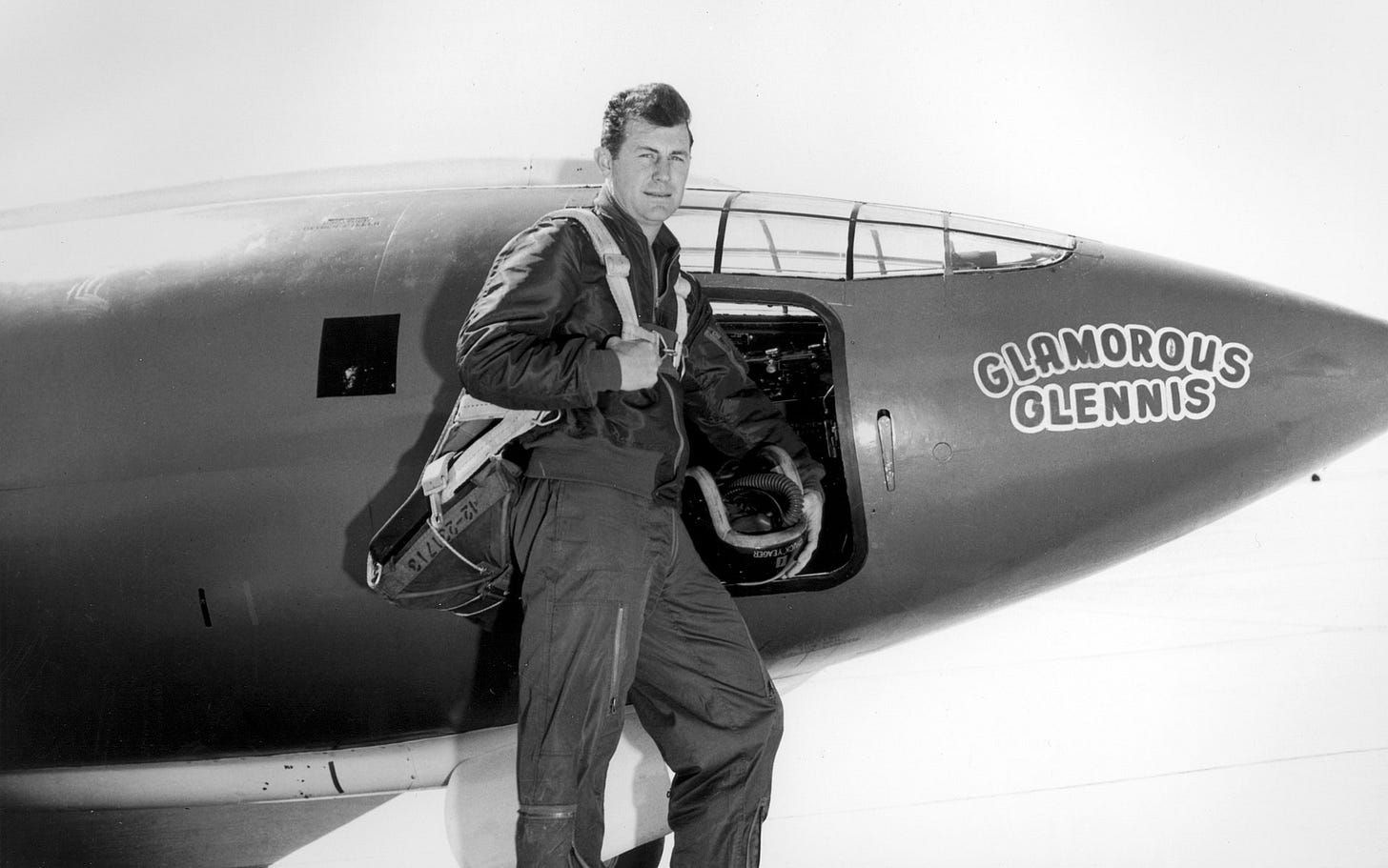
Fun fact: Just two days before the big flight, Yeager fell off a horse and broke two ribs. He hid it from most of the team, had a secret doctor patch him up, and used a broom handle to close the X-1’s hatch on flight day. Wild.
He also named the plane "Glamorous Glennis" after his wife. So sweet, right?
October 14, 1947: The Big Day
The day humanity punched through the sound barrier
On that chilly morning in the Mojave Desert, the B-29 took off with the X-1 tucked beneath it. At 25,000 feet, they released the orange rocket plane. Yeager fired up the XLR11 engine and began climbing.
At around 43,000 feet, the X-1 hit Mach 0.94, then Mach 0.96, and then—BOOM!
No, the plane didn’t explode. That sonic boom was the sound of a plane finally breaking the sound barrier in level flight. Chuck Yeager reached Mach 1.06.
The ground team heard the boom. The shockwaves echoed. And the world had just taken a giant leap.
What Made It Special
Why the X-1 mattered more than just a speed record
The Bell X-1 wasn’t just a cool rocket plane. It proved that supersonic flight was possible—not by diving, but by using pure engine power in level flight.
Here’s what it unlocked for the future:
It helped engineers understand shockwaves, compressibility, and airflow at high speeds.
It inspired better wing designs and fuselage shapes for faster jets.
It paved the way for spaceflight. Seriously—this was the start of the rocket age in aviation.
Later planes like the X-15 and even the Space Shuttle learned from the X-1’s data. Supersonic fighters like the F-100 Super Sabre and MiG-21 were born from this breakthrough.
Versions and Legacy
It kept flying, testing, and teaching
The original X-1 flew many more test flights, collecting data at different altitudes and speeds. Then came the upgraded models like the X-1A, X-1B, X-1D, and X-1E.
Each one had a new purpose: higher speeds, better controls, or stronger materials. These tests gave scientists a huge amount of knowledge on high-speed flight dynamics.
Today, you can see the original Bell X-1 at the Smithsonian National Air and Space Museum in Washington, D.C.
Still painted bright orange. Still named Glamorous Glennis.
Fun Facts
Let’s break up the science with some fun trivia!
The X-1 didn’t have jet engines. It was a pure rocket, burning alcohol and liquid oxygen.
It had no throttle. Once the rocket lit up, it was full power until shutdown.
Pilots had to glide it back down after each flight—like a flying brick.
It only flew for a few minutes at a time—but those few minutes changed history.
Why This Story Still Matters
Speed, courage, and the thrill of pushing limits
Breaking the sound barrier wasn’t just about numbers on a dial. It was about human curiosity and courage. It was about a small plane, a fearless pilot, and the will to go faster than anyone ever had—without falling apart.
The Bell X-1 proved that limits are made to be broken, especially when you're powered by knowledge, teamwork, and a bit of rocket fuel.
Notable mention
The first aircraft to break the sound barrier with a female pilot was an F-86 Canadair Sabre with Jacqueline Cochran at the controls.
So, what’s your favorite aircraft?
We just talked about the Bell X-1—one of the coolest rocket planes ever. But aviation is full of wild designs, daring missions, and speed records.
Now it’s your turn—tell us in the comments: What’s YOUR favorite aircraft of all time and why?



